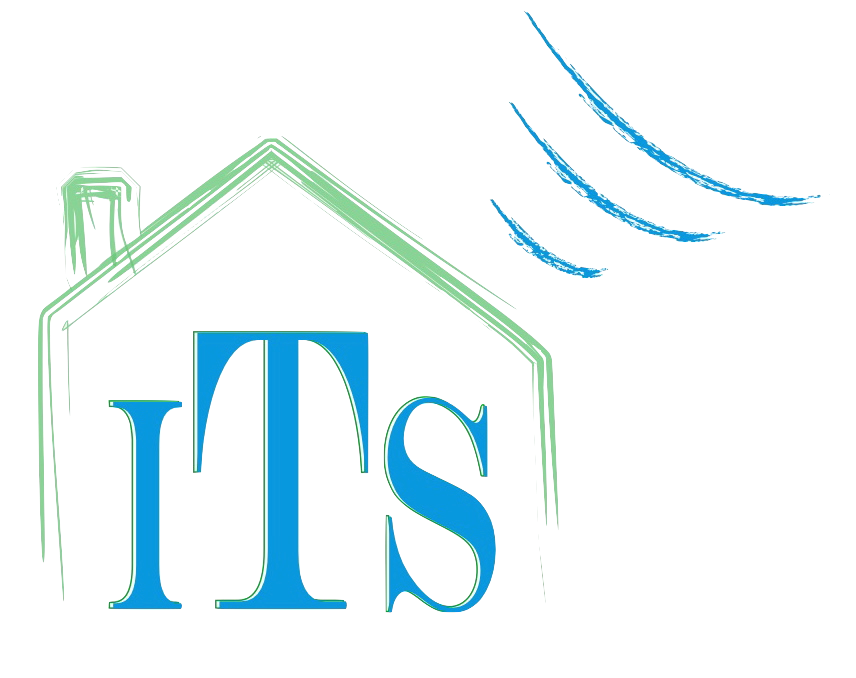Setup a new Mac
Congratulations on your new Mac! Keep it in the box for now.
The most important part of setting up a new Mac lies with your old Mac. The first time you start up a new Mac it is in a mode known as Setup Assistant. This is a mode that is meant to help you populate your new Mac with content from your old Mac. After the Setup Assistant finishes your new Mac will have all of the content of your old Mac (documents, pictures, music, movies, etc…plus apps, passwords and settings). It is very complete (with a couple of minor exceptions that we will discuss later).
There are two methods for setting up your new Mac:
The best method of transferring information from your old Mac to your new Mac requires that your old Mac has a Time Machine backup (which it absolutely should…no excuses). That is the method we will use here:
Leave your new Mac in the box for right now.
Restart your old Mac.
On your old Mac, click on the Time Machine icon in the upper right near the clock. It looks like a clock running backwards. Select “Backup Now”. Click on the Time Machine icon again to check on the progress. When the backup is complete, clicking on the icon again will tell you when the last backup was completed. It should be a recent day/time.
Eject the backup drive. The drive should have an icon for it on your Desktop, drag the backup drive icon to the trash to eject it. When the backup drive icon disappears from your Desktop, physically unplug it from your old Mac.
Now, take your new Mac out of the box and set it up. If it is a laptop, plug in its charger to the wall. Before you start it up, though, plug in your backup that was on the old Mac into your new Mac.
When your new Mac starts up it will ask you some very basic questions. Please answer them.
Language
Country
Wi-Fi network name and password
It will then present a screen asking if you want to transfer information from a “Mac, Time Machine backup or startup disk”. Choose this option.
Click Continue. It should find your backup drive from the old Mac. Click on it and then click Continue.
It will then present a series of checkboxes to allow you to do a partial transfer. I recommend you keep all of the boxes checked and do a complete transfer.
Somewhere in here your new Mac may ask to be updated because your old Mac was running a newer version of the OS than your new Mac. Follow the instructions to update, then redo the steps above.
Click Continue again and the process should begin.
2. The second method of setting up your new Mac is a Mac-to-Mac transfer. It requires a little more preparation but is a good alternative if you don’t have a Time Machine backup or if it has problems.
When your new Mac starts up it will ask you some very basic questions. Please answer them.
Language
Country
Wi-Fi network name and password
It will then present a screen asking if you want to transfer information from a “Mac, Time Machine backup or startup disk”. Choose this option and click Continue.
Now, on your old Mac use the magnifying glass icon in the menu bar near the clock. Type ‘Migration Assistant’ and open that app from there. I will ask you if you want to transfer From or To another Mac. Choose “To another Mac”.
Back to your new Mac, an icon of the old Mac will appear on the screen. Click it once and then click Continue. Follow the instructions on your new Mac to finish the setup.
This process can take a very long time. The transfer runs at about 100GB per hour plus about a half hour of overhead. There are many factors that make this vary, but the minimum transfer time is around an hour. Don’t mess with your new Mac during the process. If it is a laptop do not close the lid during the process and keep the charger plugged in.
When the migration is finished your new Mac will ask you questions. Answer them the best you can. All answers can be changed later.
Your new Mac will soon present you with your Desktop (which should look identical to your old Mac Desktop). There may be a few passwords or logins that do not transfer because the developers of those services do not allow them to be transferred. Here are some examples and what to do about them:
Your email. Open System Preferences > Internet Accounts. Click on your email(s) and enter the password if it asks.
Dropbox. If you use Dropbox you will have to log into Dropbox. It will present a dialog box for you to do so.
Office for Mac. The software does transfer to your new Mac, however, you will likely have to re-authorize it using your Microsoft credentials. You may have to sign out of Office on your old Mac before doing this. On your old Mac open Word and go to Word > Sign Out.
There may be other minor services that will ask for your password, but those are the most common.
Finally, open Photos and allow you photos to be converted to the new system. Do the same with Mail. Open Contacts, Calendar and Notes and check that everything came across OK. Finally, check Finder to make sure all your files came across.
That is it. You did it!
